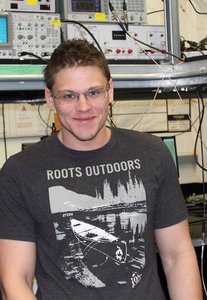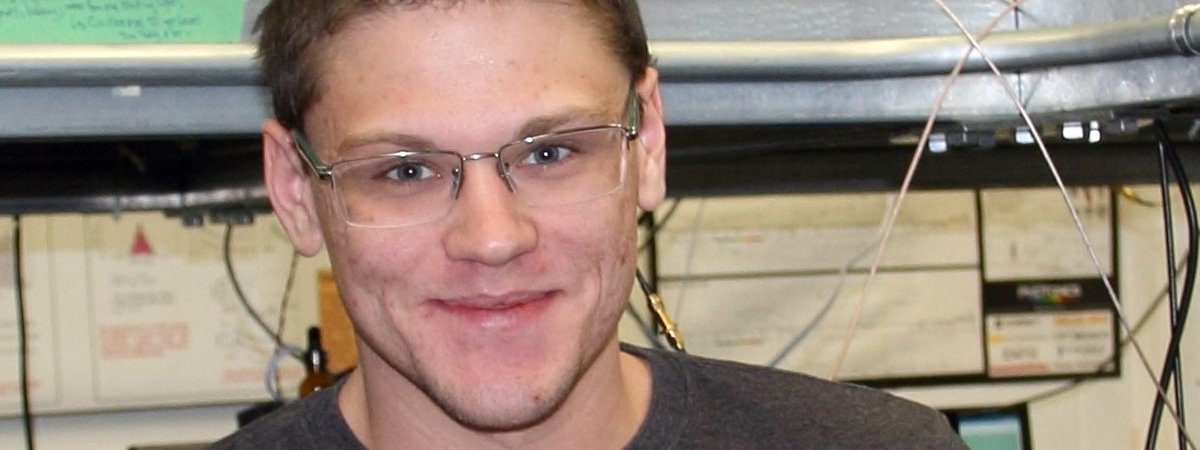PhD Candidate
Biological Physics
4th year

Initially pursuing life sciences at the U of T Mississauga Campus, Spencer transitioned to physics where he went on to graduate with Majors in chemistry and physics. He found that solving problems with a small amount of information and quantitative tools was more satisfying than vast amounts of memorization. Spencer also discovered popularizers of physics like Michio Kaku, Lawrence Krauss and Brian Greene. They related not only the incredible intellectual achievements of Physics but also it’s role in creating and continuing to shape the modern world.
Spencer’s first undergraduate research experience was with an NSERC USRA scholarship in the lab of Professor Claudiu Gradinaru where he learned about microscopes, lasers, programming and proteins. The amount of work and frustration that accompanied research was balanced by the excitement of discovering new knowledge! This experience also prompted questions that had not been addressed in his physics classes at that point: how do we understand systems that are too complex to model from first principles or perhaps even computationally irreducible?
Spencer joined the U of T Physics department as a graduate student in 2017 where he continued his research with Professor Gradinaru and now focuses on studying intrinsically disordered proteins (IDPs) and their interactions using single-molecule fluorescence and integrative computational modelling. Traditionally proteins were understood to have a well defined 3-dimensional structure that is intimately related to their function. Although they lack a unique structure, IPDs are able to carry out a diverse range of biological functions while existing as an ensemble of dynamically interconverting structures. Single-molecule fluorescence spectroscopy is well suited to study IDPs as it overcomes the ensemble averaging inherent to many techniques. Instead of measuring an average observable from a whole test tube of molecules, single-molecule techniques interrogate molecules one at a time. If there are several biologically functional states present, they can be differentiated, while incorrect conclusions about function can be drawn if one were to look only at ensemble averaged values.
Given the large number of structures IDPs adopt and the limited amount of experimental information available, the determination of a physically representative set of structures is a challenging inverse problem. To address this, structures generated from molecular dynamics simulations or other methods are reweighted such that the experimental observables back calculated from these structures agree with the experimental values. Incorporating several different types of experimental data with different averaging times, back calculator accuracies, and experimental uncertainties is challenging, he is currently exploring the use of Bayesian methods. Spencer hopes that a detailed understanding of IDPs and their interactions will lead to novel therapeutics and advances in biotechnology.
When he’s not dealing to finicky lasers, debugging analysis programs, or wondering why his proteins won’t grow, Spencer enjoys spending time outdoors and power sports. Besides physics he also enjoys learning about economics, history, finance, and technology. When time allows, he enjoys playing musical instruments, weightlifting, reading, and cooking.

